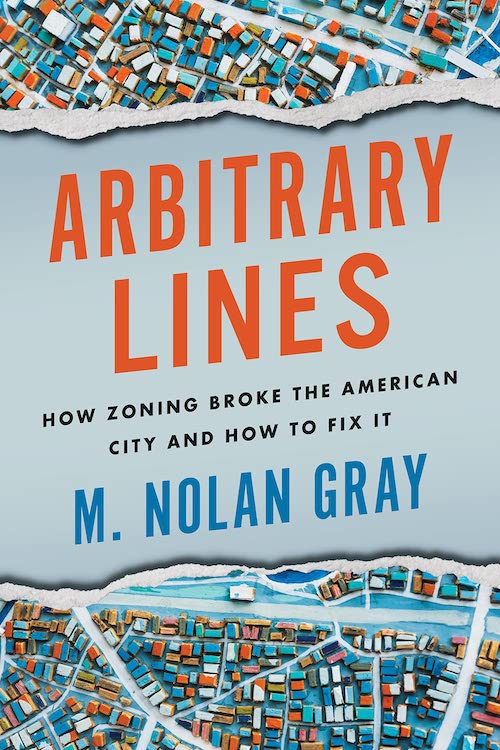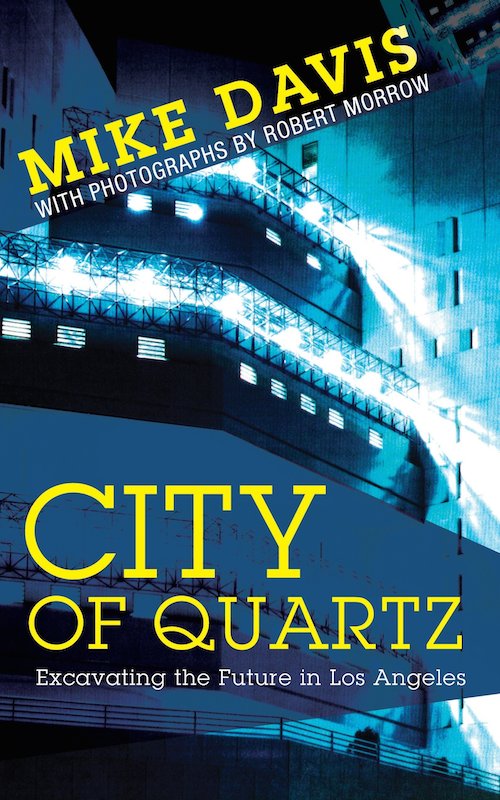
We all assume that zoning is good, but it’s actually bad. Before I go any further, perhaps that we needs clarification. It certainly doesn’t include me, nor does it include most of the urbanists now out there writing about cities in books, in publications, and on social media. In that particular sphere, we know full well that zoning is bad, and at all times stand ready to declare as much with the zeal of the recent convert. For, in more than a few cases, we really are recent converts, having only turned anti-zoning after approaching the technical aspects of cities through some more immediately interesting topic like architecture, infrastructure, or transit. For many in my own generation, raised in the nineteen-eighties and nineties, our fascination with cities and our misconceptions about zoning were instilled by the same experience: that of “a little game called SimCity.”
So writes M. Nolan Gray, opening the first chapter of Arbitrary Lines: How Zoning Broke the American City and How to Fix It. “Throughout the game, zoning is the essential power in the player’s arsenal, granting them the ability to plop residential subdivisions here or industrial parks there, all while keeping incompatible uses separate,” he explains. “Pursuant to a grand, long-term vision, they can coordinate density to reflect the available infrastructure, keeping the city running like a well-oiled machine.” As I recall (at least from my edition of the game, 1993’s SimCity 2000), you have to designate separate residential, commercial, and industrial zones before you can do anything else. (At least if you didn’t follow my strategy of first using the terrain editor to raise a giant water-covered mountain to cover with hydroelectric power plants later.)
This aspect of SimCity‘s design perpetuated a conception of zoning as fundamental to city-building, but it also reflected beliefs widely held for decades. Despite the increasing complexity and obscurity of its mechanics, zoning as a concept has been strangely well-known to the past few generations of the general American public, if not especially well understood by them. “My sense is that most people think that zoning and city planning are synonymous,” Gray writes. “Among the more informed lot, there might even be some vague sense that zoning is a catchall for how cities regulate land.” Imagining a city without zoning, their minds conjure terrible visions of chaotic Mad Max wastelands where leather-clad marauders do battle for gasoline amid industrial slagheaps — or, more often, of city dumps at the edges of backyards and rendering plants grinding noisomely away next to nursery schools.








